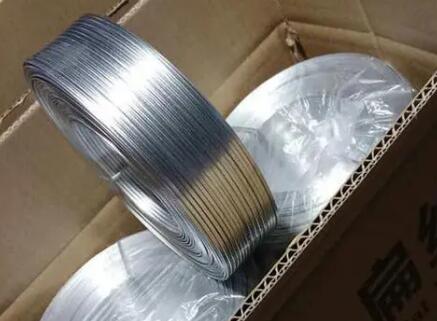The Versatility of Thin Iron Wire Applications and Innovations
Thin iron wire, an element often overlooked in the grand narrative of materials science, holds remarkable significance in various industries and applications. With a diameter often less than one millimeter, thin iron wire demonstrates properties that make it an ideal choice for numerous tasks ranging from construction and manufacturing to artistic expression and everyday practicality. In this article, we will explore the unique characteristics, uses, and innovations surrounding thin iron wire.
Characteristics of Thin Iron Wire
The primary appeal of thin iron wire lies in its high tensile strength and ductility. This means it can withstand significant stress without breaking while being malleable enough to be easily shaped. Additionally, iron is abundant and relatively inexpensive compared to other metals, making thin iron wire an economically viable option for various applications. The thinness of the wire also allows for intricate designs and detailed work, which is especially valued in crafts and fashion.
One should also consider the property of corrosion resistance. While raw iron can rust when exposed to moisture, thin iron wire can be coated or treated to enhance its durability. For instance, galvanized iron wire is coated with zinc to prevent rust, making it suitable for outdoor use. This corrosion resistance is crucial for applications that require longevity and reliability, particularly in harsh environmental conditions.
Applications in Industry
Thin iron wire finds extensive utilization in construction and manufacturing. In the construction industry, it is commonly used as rebar ties to hold reinforcing bars together within concrete structures. The high tensile strength of the wire ensures that the structure remains stable, while its thinness allows for minimal disruption to the overall design. Moreover, it is a crucial material in the production of wire forms and mesh used in building frameworks, fencing, and roofing systems.
In the manufacturing sector, thin iron wire is pivotal in producing a wide array of products. It is used in the assembly of electronic devices, automotive components, and various machinery. From lightweight supports to complex configurations, the versatility of thin iron wire enables manufacturers to meet specific design criteria without compromising on strength or durability.
Additionally, thin iron wire has applications in agriculture. It is often used for trellising plants, creating supports, and fencing livestock. Its flexibility and strength make it an ideal choice for securing crops and animals while allowing farmers to efficiently manage their land.
thin iron wire

Artistic Expression and Crafts
Beyond its industrial applications, thin iron wire is celebrated for its aesthetic potential in art and crafts. Artists and artisans utilize thin iron wire to create intricate sculptures, jewelry, and decorative items. The material's ductility allows for delicate and precise work, enabling creators to bring their visions to life. Wire sculptures made from thin iron wire can range from simple forms to elaborate designs, showcasing the artist's creativity and skill.
In the realm of DIY projects, thin iron wire is a favorite among crafters. It can be used to create a variety of items, from decorative accents and floral arrangements to personalized gifts. The wire can be easily shaped, twisted, and bent, making it an accessible medium for people of all skill levels.
Innovations and Future Potential
The ongoing development of materials science suggests a bright future for thin iron wire. New treatments and coatings are being researched to enhance its properties further, making it even more versatile for various applications. Innovations such as eco-friendly corrosion-resistant coatings and lightweight alloys are paving the way for more sustainable use of thin iron wire in construction and manufacturing.
Moreover, as the demand for environmentally friendly building materials increases, thin iron wire can potentially play a significant role in sustainable construction practices. Its recyclability and low environmental impact position it as an attractive option for eco-conscious builders and manufacturers.
Conclusion
In summary, thin iron wire is a remarkable material that bridges functionality and artistry. Its unique characteristics and multifaceted applications across industries highlight its importance in modern society. As innovations continue to emerge, the role of thin iron wire is likely to expand, further integrating it into our daily lives and enhancing its contributions to various fields. The lightweight yet strong nature of thin iron wire will undoubtedly ensure its relevance for years to come.

















